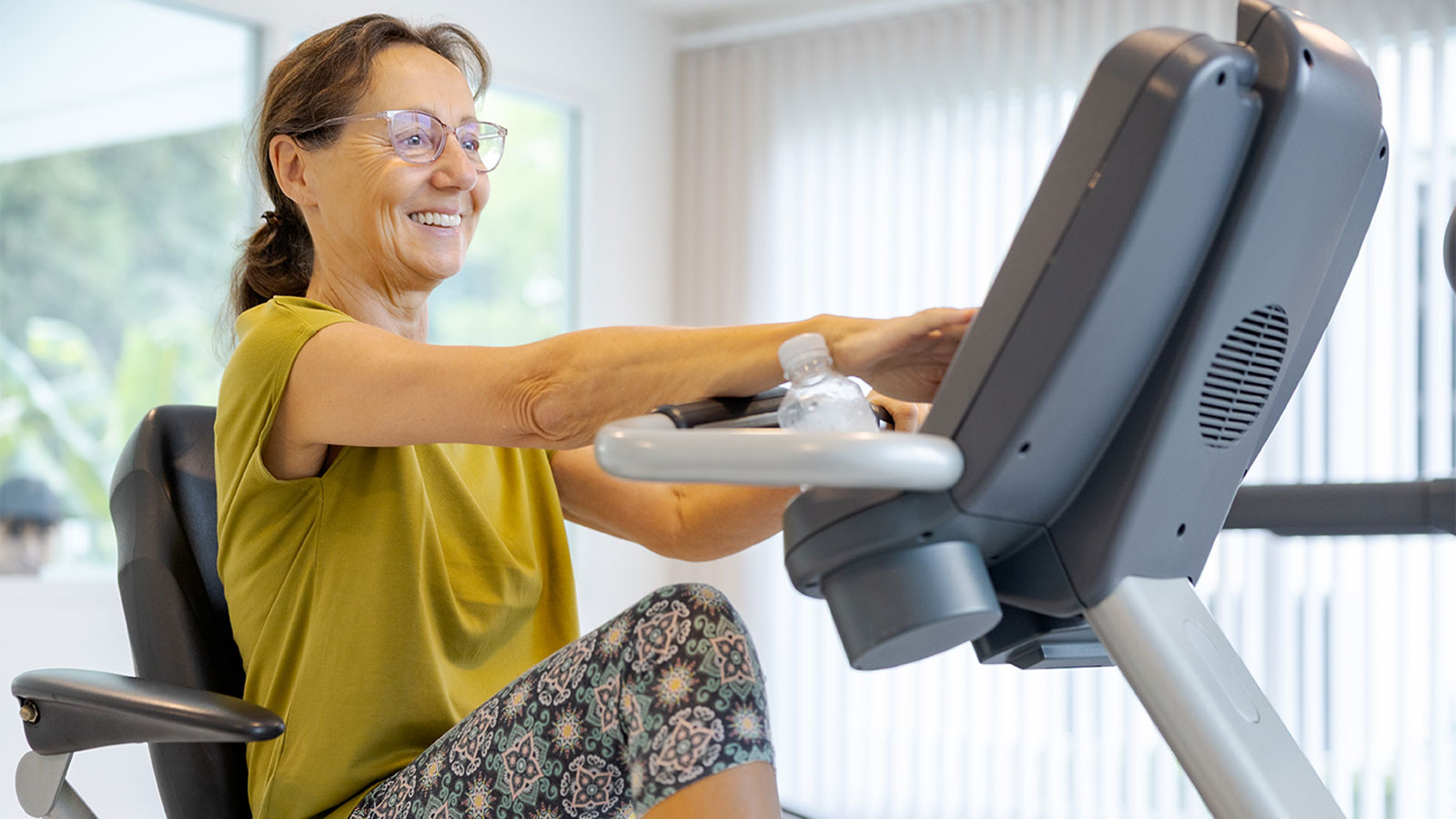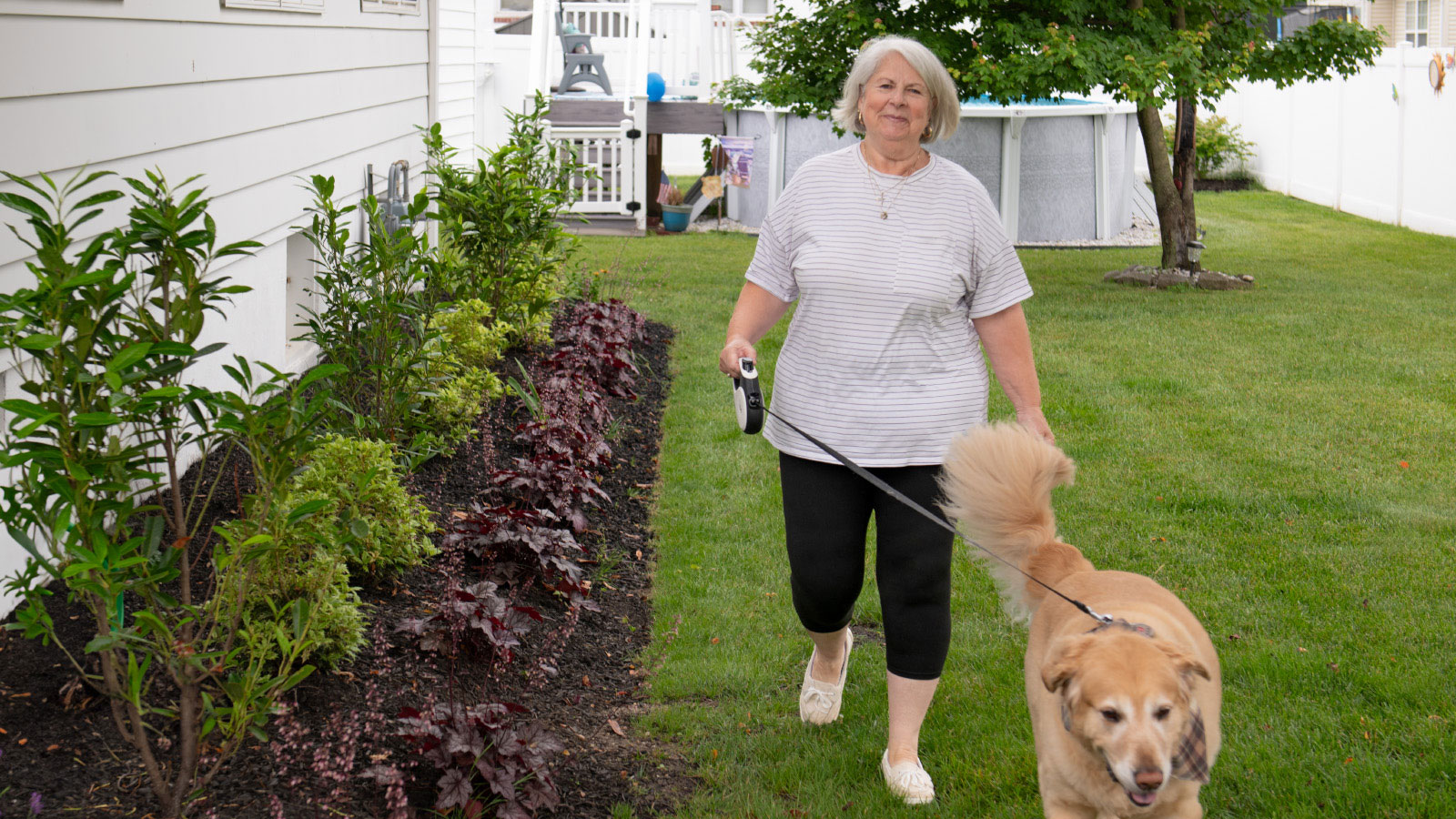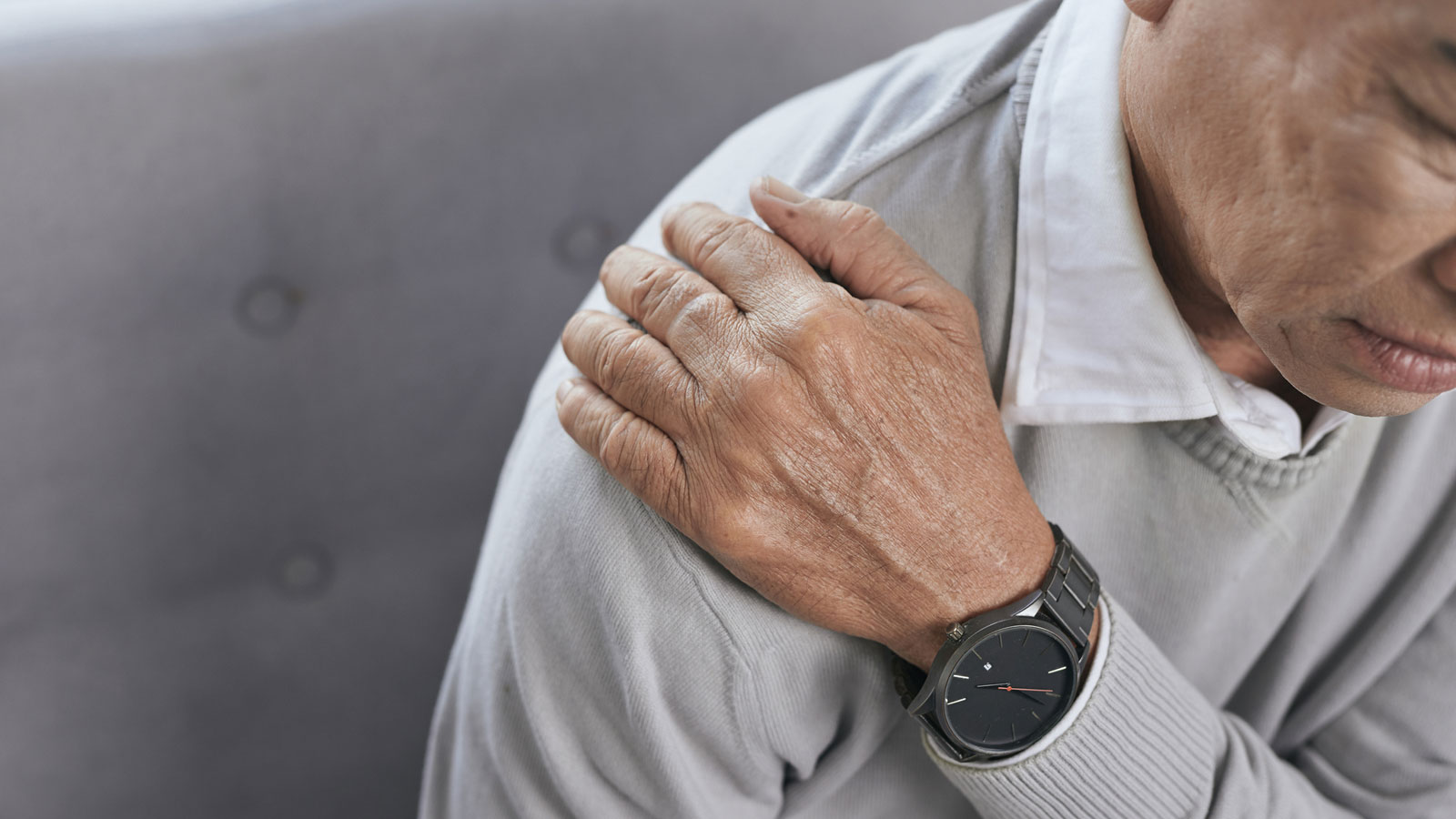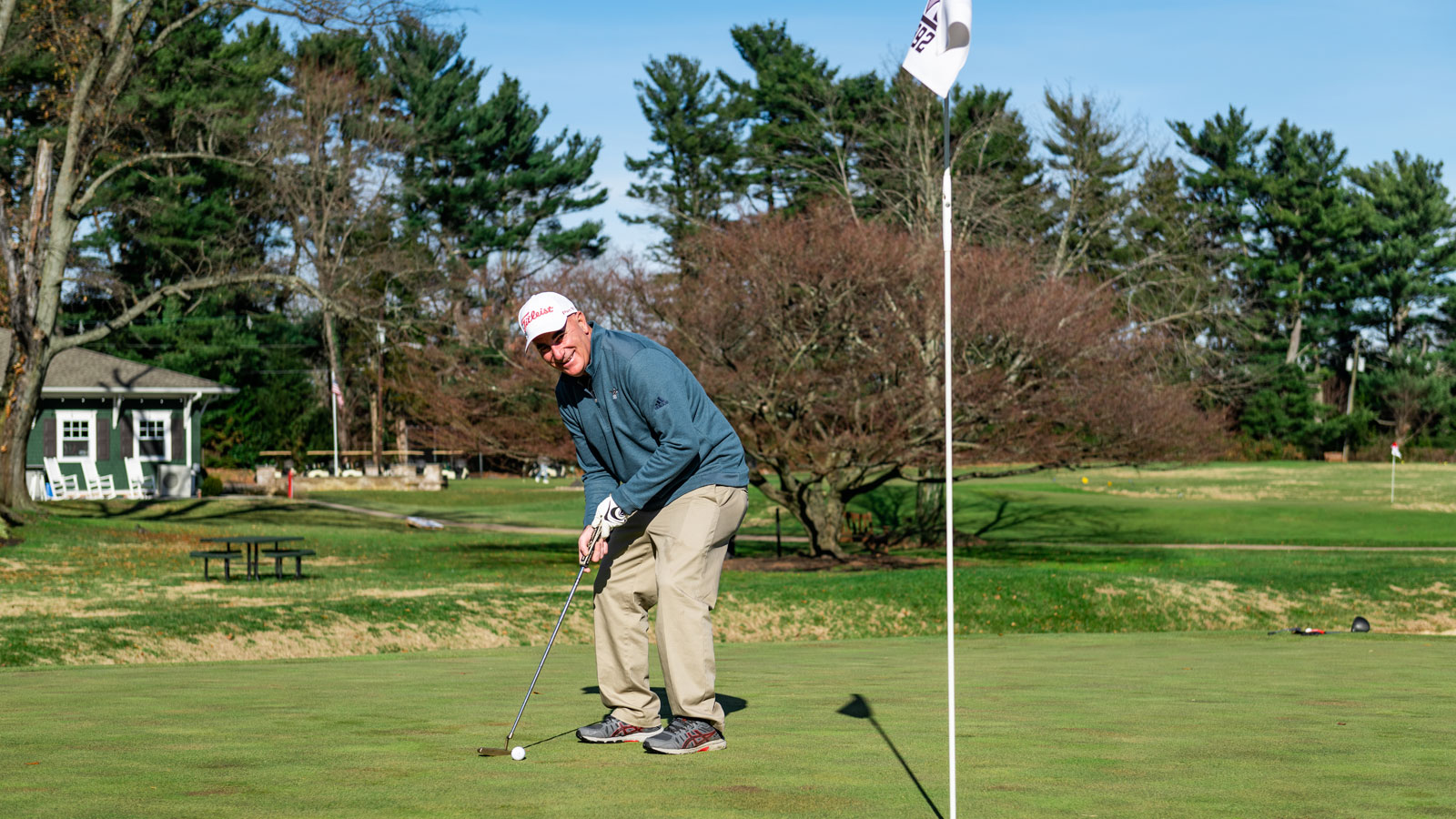Nonoperative Treatment for Rotator Cuff Injuries
A torn rotator cuff doesn’t always mean surgery. Virtua orthopedic surgeon Sean McMillan, DO, details nonsurgical treatments that can relieve pain and restore strength to your shoulder.
By Sean McMillan, DO, FAOAO, FAAOS, FAANA, Orthopedic Surgeon – Virtua Orthopedics
From reaching for a glass on the shelf to washing our hair to picking up and hugging our grandkids, we use our shoulders countless times a day.
The rotator cuff, a group of tendons that keep the ball of your upper arm securely in the socket of your shoulder blade, allows you lift and move your arm. Millions of American suffer a rotator cuff tear each year, primarily from the wear and tear of repetitive motion—think of a tennis player, painter, or carpenter—or an accident.
But a torn rotator cuff doesn’t mean an automatic trip to the operating room. There are many nonsurgical treatments that can relieve pain and restore strength and function to the affected shoulder.
Physical Therapy and Non-Narcotic Pain Relievers
Rotator cuff injuries are commonly diagnosed using magnetic resonance imaging (MRI). There are varying degrees of tears:
- A partial tear involves tissue that is not completely detached from the bone.
- A full-thickness tear involves a complete separation of the tendon from the bone.
The type of tear does not equate to the treatment you may need. For example, you may have a complete, full-thickness tear, but still have a great range of motion and little pain.
We often begin with physical therapy. Tailored exercises will help strengthen the muscles, particularly those in your back and the back of your shoulders, restore flexibility, and improve your range of motion.
Along with physical therapy, non-steroidal anti-inflammatory medications (NSAIDs) such as Motrin and Aleve, or Tylenol, can help decrease pain and inflammation when used appropriately. Addictive opioids and narcotics are avoided.
If physical therapy and pain relievers do not improve your condition, we may recommend an injection into your shoulder. A corticosteroid will decrease inflammation and the symptoms of bursitis (the inflammation of small fluid-filled sacs that prevent the bones in your shoulder from rubbing together) inside the joint.
While shots often are helpful, we try to limit them. Too many corticosteroid injections can damage the tendons in the joint.
Biologic Treatments
Biologics, therapies using a person’s own cells, have shown promise in promoting healing, decreasing pain, and in some cases, generating regrowth in the joint.
Platelet-rich plasma (PRP) is derived from your own blood. Blood is drawn in the office and spun in a centrifuge. The isolated plasma is then reinjected into the shoulder, promoting healing of the tendon, reducing pain, and protecting the remaining tissue. Following the injection, patients are advised to rest for 48 hours and then resume physical therapy. Most people see improvement after one injection, although some may benefit from a second.
Stem cell therapy involves the removal of stem cells from the patient’s own body, typically from bone marrow or fat tissue. This again can be done in the office in a painless manner. Healing agents in the bone marrow or fat tissue are spun in the centrifuge to concentrate them. They are then injected into the rotator cuff and shoulder joint. As with PRP, the stem cells promote regeneration, reduce pain, and improve function.
Laser Therapy
Multiwave Lock Laser System (MLS), or cold laser, therapy uses concentrated light energy to stimulate the body’s own healing process and reduce pain in a noninvasive, pain-free process. Patients typically receive six to 10 sessions of the laser therapy over the course of two to three weeks.
A rotator cuff tear can worsen without treatment and may make it difficult to move your arm. Surgery, such as arthroscopic tendon repair or shoulder replacement, may be necessary if you have a complete tear.
However, many people respond very well to nonoperative treatments, and over time experience improved function and less pain.
Don’t Let Joint Pain Hold You Back
From pain management and physical therapy, to surgery and rehabilitation, Virtua Health can help you get back in the game. Our board-certified and fellowship-trained sports medicine specialists and orthopedic surgeons guide your care – from diagnosis to treatment, and beyond. Learn more about the Virtua Orthopedics & Spine program or call 856-517-8812.




